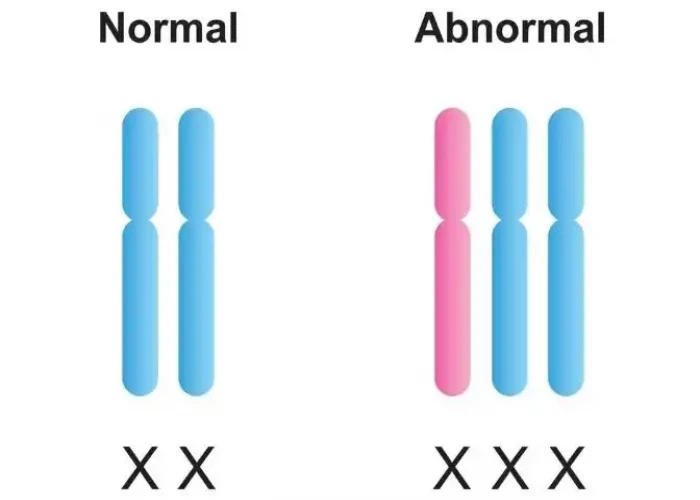 Welcome
Welcome
“May all be happy, may all be healed, may all be at peace and may no one ever suffer."
Triple X syndrome

Triple X syndrome, also known as Trisomy X or 47,XXX syndrome, is a genetic condition that affects females. It occurs when a female has three X chromosomes instead of the usual two. This means that a female with triple X syndrome has 47 chromosomes instead of the typical 46.
Triple X syndrome is a rare condition and often goes undiagnosed, as many females with the condition do not have any noticeable physical or intellectual differences. However, some females with triple X syndrome may experience certain physical and cognitive symptoms, such as tall stature, learning difficulties, delayed speech and language development, and problems with motor skills and coordination.
The severity and range of symptoms can vary widely among individuals with triple X syndrome, and not all females with the condition will experience these symptoms. Diagnosis of triple X syndrome is usually made through genetic testing.
There is no cure for triple X syndrome, but various therapies and interventions can help manage symptoms and improve quality of life. This may include speech and occupational therapy, special education programs, and other supportive services.
Research Papers
Disease Signs and Symptoms
- Seizures
- Abnormally curved pinky fingers
- Vertical folds of skin that cover the inner corners of the eyes (epicanthal folds)
- Problems with fine and gross motor skills, memory, judgment and information processing
- Psychological problems, such as anxiety and depression
- Behavioral problems, such as attention-deficit/hyperactivity disorder (ADHD) or symptoms of autism spectrum disorder
- Learning disabilities, such as difficulty with reading (dyslexia), understanding or math
- Delayed development of speech and language skills, as well as motor skills, such as sitting up and walking
- Memory loss
- Premature ovarian failure or ovary abnormalities
Disease Causes
Triple X syndrome
Although triple X syndrome is genetic, it's usually not inherited — it's due to a random genetic error.
Normally, people have 46 chromosomes in each cell, organized into 23 pairs, including two sex chromosomes. One set of chromosomes is from the mother and the other set is from the father. These chromosomes contain genes, which carry instructions that determine everything from height to eye color.
The pair of sex chromosomes — either XX or XY — determines a child's sex. A mother can give the child only an X chromosome, but a father can pass on an X or a Y chromosome:
- If the child receives an X chromosome from the father, the XX pair makes the child genetically female.
- If the child receives a Y chromosome from the father, the XY pair means the child is genetically male.
Females with triple X syndrome have a third X chromosome from a random error in cell division. This error can happen before conception or early in the embryo's development, resulting in one of these forms of triple X syndrome:
- Nondisjunction. In most cases, either the mother's egg cell or the father's sperm cell divides incorrectly, resulting in an extra X chromosome in the child. This random error is called nondisjunction, and all the cells in the child's body will have the extra X chromosome.
- Mosaic. Occasionally, the extra chromosome results from an incorrect cell division caused by a random event early in the embryo's development. If this is the case, the child has a mosaic form of triple X syndrome, and only some cells have the extra X chromosome. Females with the mosaic form may have less obvious symptoms.
Triple X syndrome is also called 47,XXX syndrome because the extra X chromosome results in 47 chromosomes in each cell instead of the usual 46.
Disease Prevents
Disease Treatments
The chromosome error that causes triple X syndrome can't be repaired, so the syndrome itself has no cure. Treatment is based on symptoms and needs. Options that may be helpful include:
- Periodic screenings. The health care provider may recommend periodic screenings throughout childhood and into adulthood. If any developmental delays, learning disabilities or health problems occur, prompt treatment can be provided.
- Early intervention services. These services may include speech, occupational, physical or developmental therapy, starting in the early months of life or as soon as needs are identified.
- Educational assistance. If your child has a learning disability, educational help to learn techniques and strategies to be successful in school and daily life can be provided.
- Supportive environment and counseling. Girls and women with triple X syndrome may be more prone to anxiety, as well as behavioral and emotional problems. So make sure your child has a supportive environment. Psychological counseling may help teach you and your family how to demonstrate love and encouragement and discourage behaviors that might negatively impact learning and social functioning.
- Assistance and support in daily functioning. If your child has problems that impact daily functioning, this assistance and support may include help with activities of daily living, social opportunities and employment.
Disease Diagnoses
Disease Allopathic Generics
Disease Ayurvedic Generics
Disease Homeopathic Generics
Disease yoga
Triple X syndrome and Learn More about Diseases
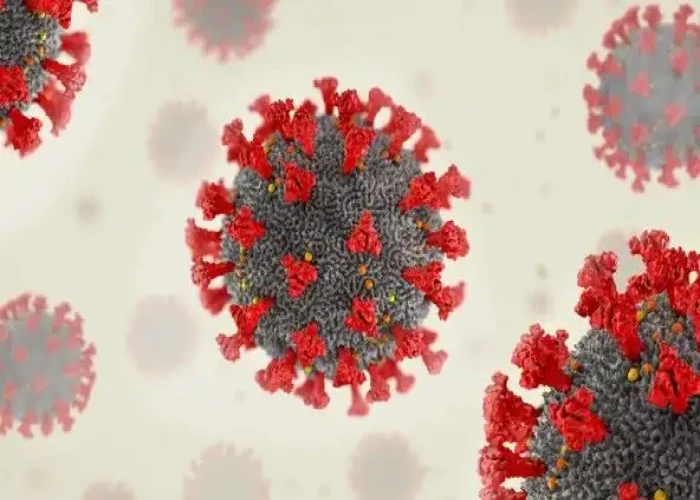
Severe acute respiratory syndrome (SARS)

Left ventricular hypertrophy

Esthesioneuroblastoma
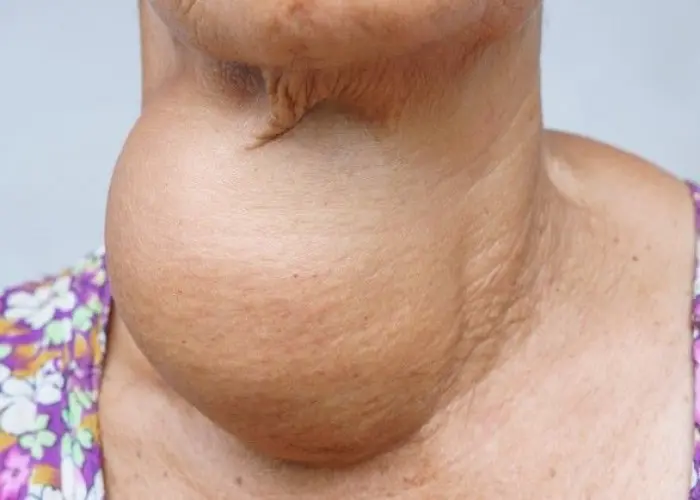
Goiter
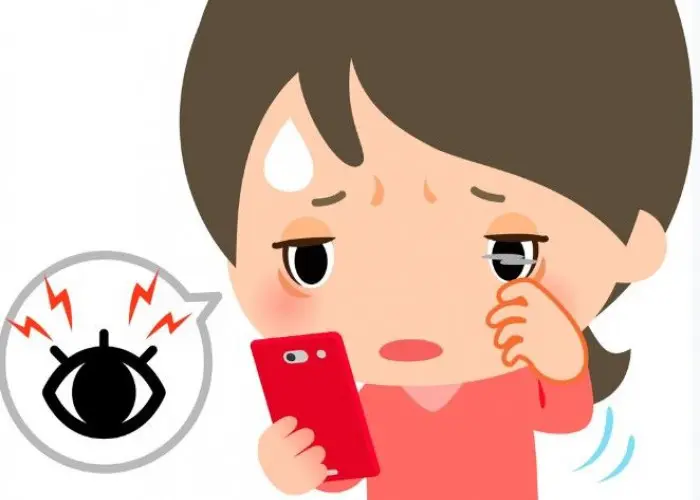
Eyestrain
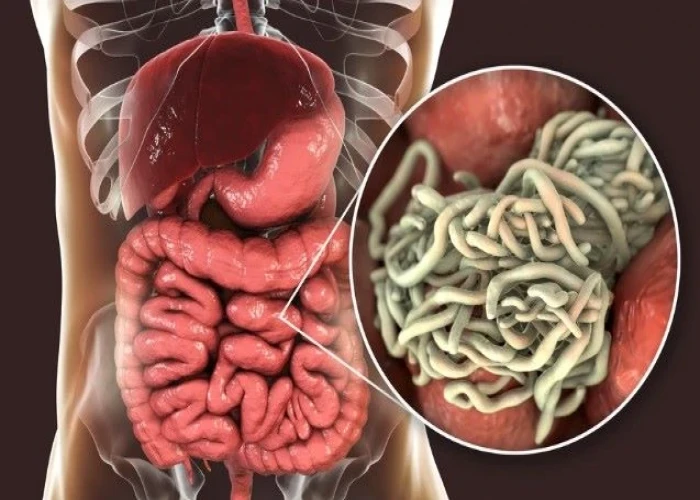
Pinworm infection
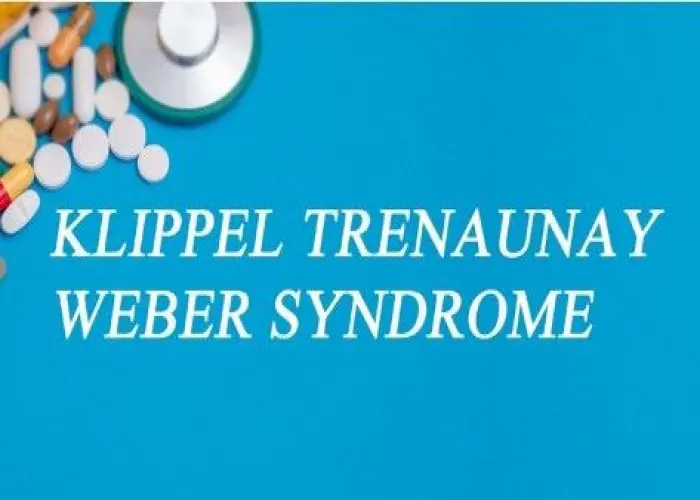
Klippel-Trenaunay syndrome
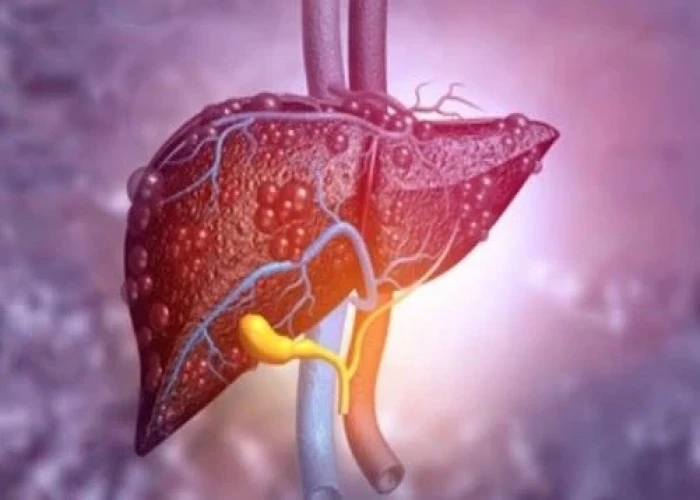
Primary sclerosing cholangitis
triple X syndrome, ট্রিপল এক্স সিনড্রোম
To be happy, beautiful, healthy, wealthy, hale and long-lived stay with DM3S.
